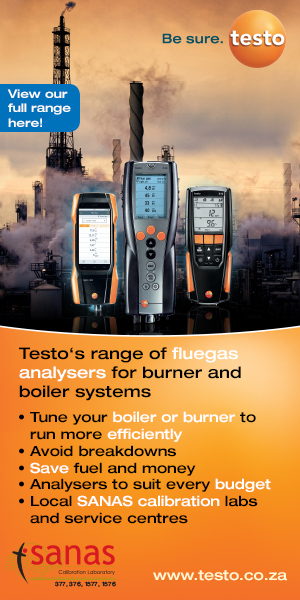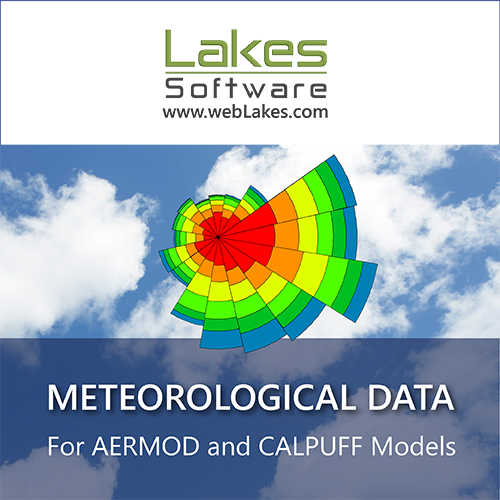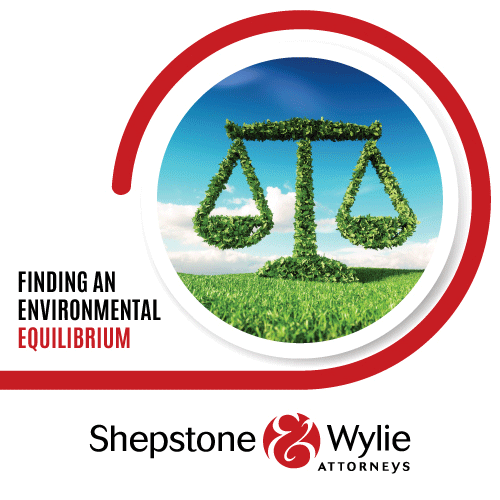Comparisons of Meso-Scale Air Pollution Dispersion Modelling of S02, N02 and 03 Using Regional-Scale Monitoring Results
DOI:
https://doi.org/10.17159/caj/2010/18/1.7081Keywords:
Monitoring, modelling, concentrations, depositions, dry, wet, S02, N02 and 03, Highveld, comparisonAbstract
Results of a regional-scale monitoring campaign were compared with two meso-scale to sub-continental modelling studies, for S02 and N02 and 03 respectively (Fourie, 2006, Zunckel et al., 2006, van Tienhoven et al., 2006, Van Tienhoven and Zunckel, 2004). However, a direct validation of the monitored results with modelled results could not be carried out, as available modelling studies dealt with different periods from the monitoring study.
For this study, three monitoring sites were selected for comparison with modelling results. These sites were strategically selected to be representative of the entire region. Site Elandsfontein in the centre of the industrial Highveld, site Amersfoort, downwind from the central pollution source region and site Louis Trichardt, a remote site. Sulphur, nitrogen and ozone species comparisons were considered in turn. The comparisons were carried out for equivalent annual (and seasonal) cycles. The compa risons produced mixed results. For sulphur and nitrogen species in most cases, depending on site and season, modelling results ranged between significant underestimates to overestimates. Ozone modelling almost always overestimated the concentrations compared to the measured results.
Despite several limiting factors, constraining the reliability of the comparisons between the modelled and measured results, they were important as the distribution of the gases showed patterns that imply understanding of the source and fate of these pollutants. The uncertainty in the magnitude of the model inaccuracies as well as margin of error of the measured data remained. Thus a modelling validation is recommended using the concurrent period with fewer uncertainties.
Downloads
Downloads
Published
How to Cite
Issue
Section
License

All articles are published under a Creative Commons Attribution 4.0 International License; copyright is retained by the authors. Readers are welcome to reproduce, share and adapt the content without permission provided the source is attributed.








.png)